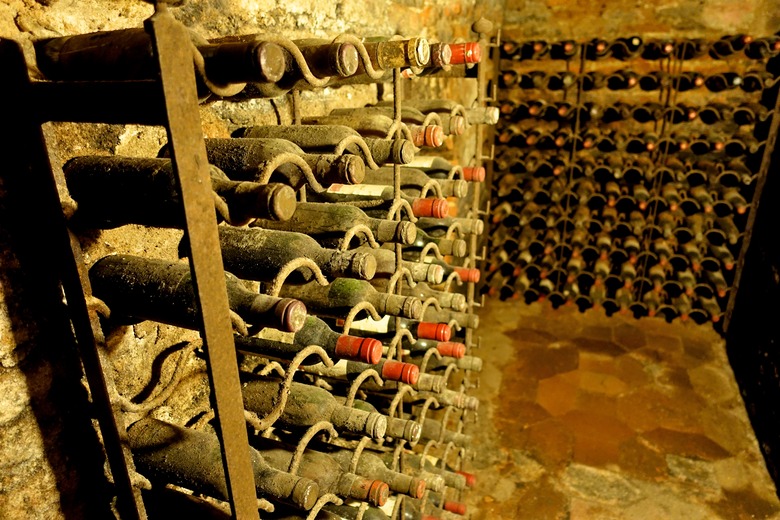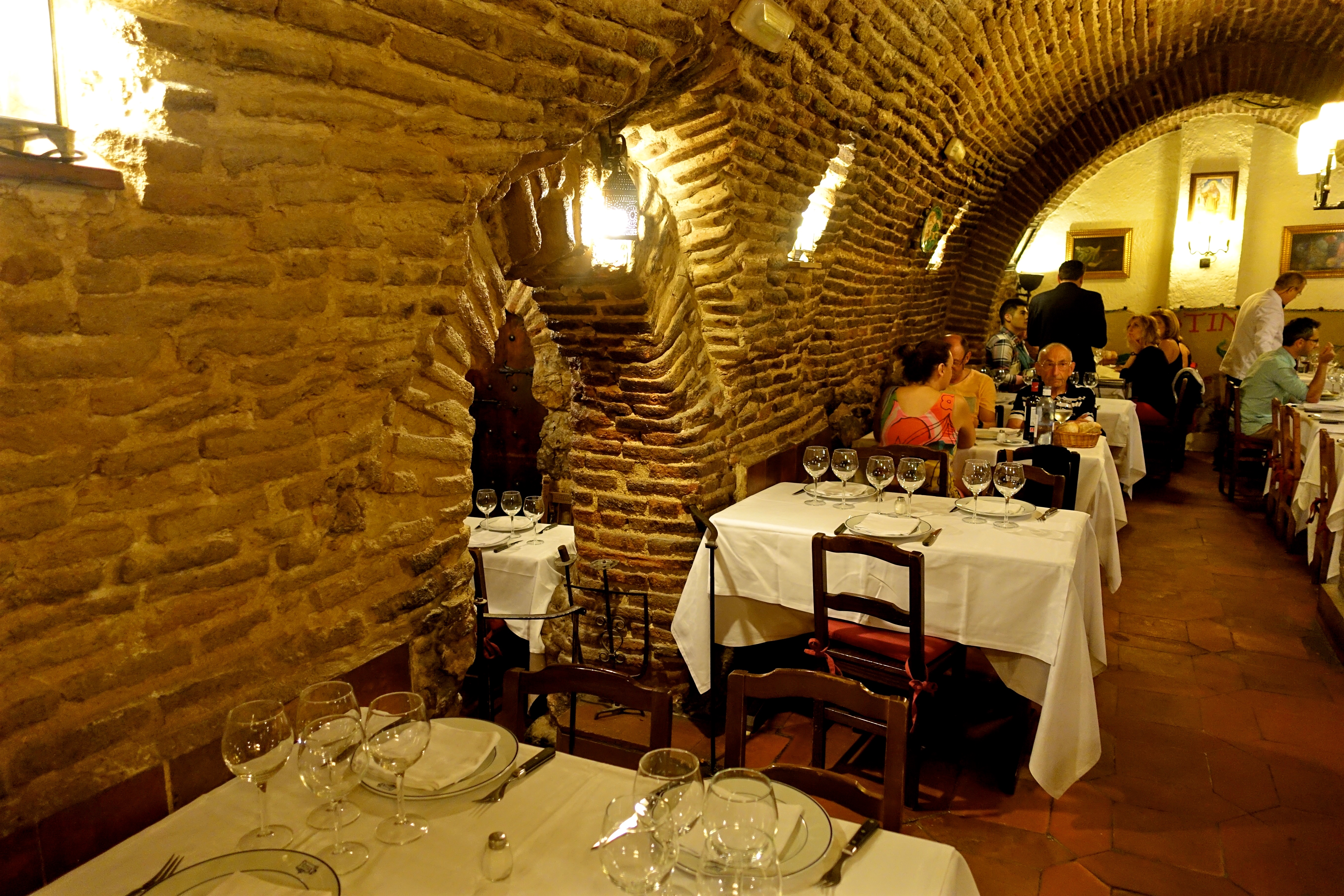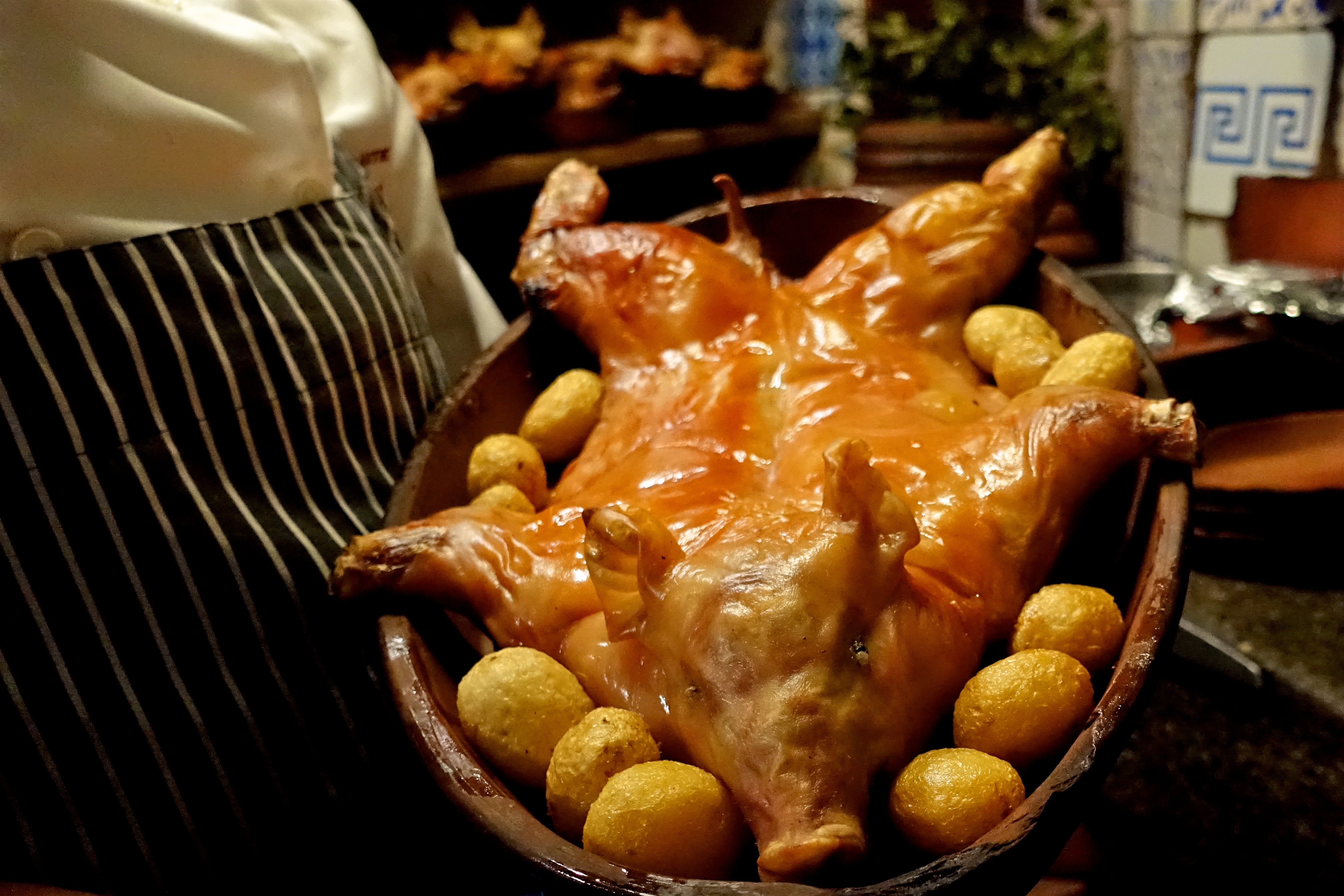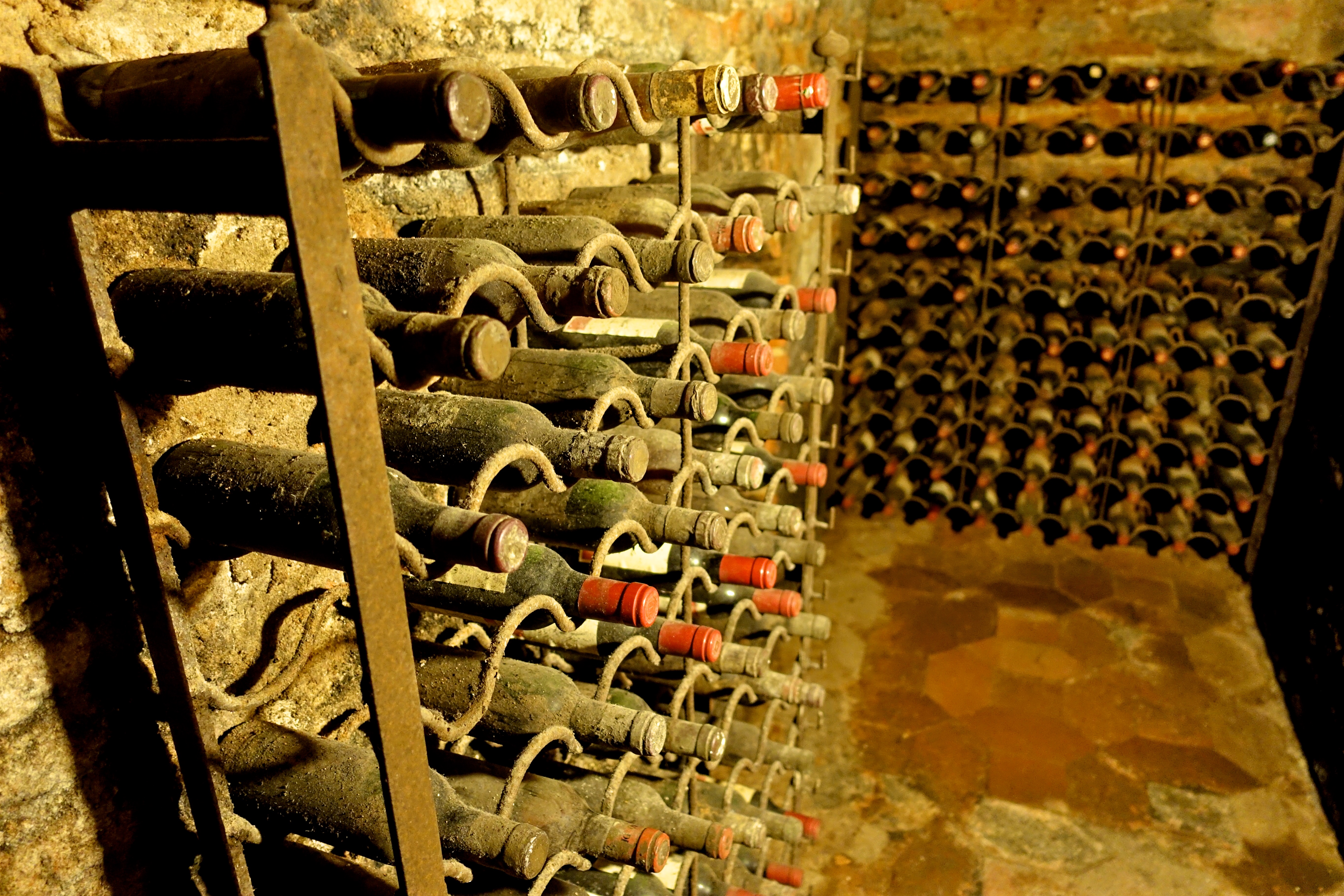Dine At The World's Oldest Restaurant In Madrid
Madrid is one of Europe's great melting pots, and walking through its majestic streets, you can't help but be distracted by the aromas wafting through the air. From calamares a la romana to patatas bravas, the list of classic Spanish dishes is endless. But to truly capture the essence of historic dining in this beautiful city, one must plan a visit to dine at the world's oldest restaurant, Restaurant Botín.
A Guinness World Record for the longest continuously run restaurant is proudly displayed in the front window. Since 1725 – before the United States was a country – Restaurant Botín has been a culinary landmark in the city. Serving everyone from international royalty and Olympic athletes to Hollywood actors and esteemed authors (Hemingway refers to Restaurant Botín as his favorite restaurant in The Sun Also Rises and "Death in the Afternoon."), it's been a true dining equalizer. The decor is modestly elegant, and the menu is respectfully simple. It's what you'd imagine an authentic Madrilenian restaurant to feel like – welcomingly classy and charmingly aged.
I'm met by Jose González, who runs the restaurant with his cousin, Antonio. Known as "Pepe", González is the third generation of his family to carry on the legacy of this landmark, and as we sit down inches away from a magnificent deep red jamón, I can't help but feel engrossed in the sheer history kept within the building. It's a small space, and Pepe laughs that they'll never get a Michelin star because of the tight quarters they're forced to work with. The kitchen, or rather the oven, is the centerpiece of the battleship. An original part of the restaurant, it's fired with oak due to the wood's high temperatures and low humidity, the perfect combination for the signature dish, suckling pig.
Yes, while Madrid is known for its diverse plethora of different produce, seafood, and meats, you come to Botín for its suckling pig. Pepe insists it's the best in all of Spain. "Honestly, it's not something delicate – but the fact is it's a very simple, but very tasty, dish," he tells me. "Not everyone prepares the suckling pig well. You need a wood-fire oven, with oak wood," explaining that the oven has been turning out the renouned dish concocted by his grandfather for decades. "It's very simple," he explains. "You need the suckling pig. Some herbs that my grandfather implemented in his recipe. And that's it." Those herbs with salt and sweet paprika are added to the pig on a clay pot. It's then topped with sliced onion and garlic, before being doused in water and white wine spiced with tarragon. After pre-baking for almost two hours, the pig is taken out and strung up on a hanging hook. From there, it's then finished in the fiery furnace at 530 degrees Fahrenheit for another 20 minutes before finally being sent to the table.
The end result is rather impressive: a perfectly cooked suckling pig with the crispiest of skin cleanly plated in front of me. The truly rustic meal is served with a few potatoes sitting next to the meat. Don't go expecting an artistic plating or lavish trimmings. Expect Spanish simplicity but done well. The satisfying crunch of the crispy skin is followed by the smoky and tender meat. Splendidly moist, the dish is the flawless execution of a family recipe.
Street-level dining allows you to experience the frenetic energy of the entrance and kitchen, but dining downstairs allows you to experience your meal in a nearly ancient settings. The restaurant itself has been open since 1725; however, the caves below actually date back to the 16th century. I recommend you make a reservation and request a table downstairs. Surrounded by decrepit brick walls and timeworn arches, it's one of the most unique dining rooms in the world. Once you're at the restaurant, my other tip is to ask your waiter for a tour of the wine cellar – leave your table for a brief moment to descend into the dark lower levels of wine-lined walls.
Restaurant Botin attracts tourists from all over the world. There's no denying that there is a certain novel element about dinner here, but it does provide an opportunity to experience a wonderfully Spanish dinner, different to the typical tapas feast that you'd experience elsewhere in this cosmopolitan city. If anything, it's a memorable meal for the history books during your travels through this dynamic part of Europe.



